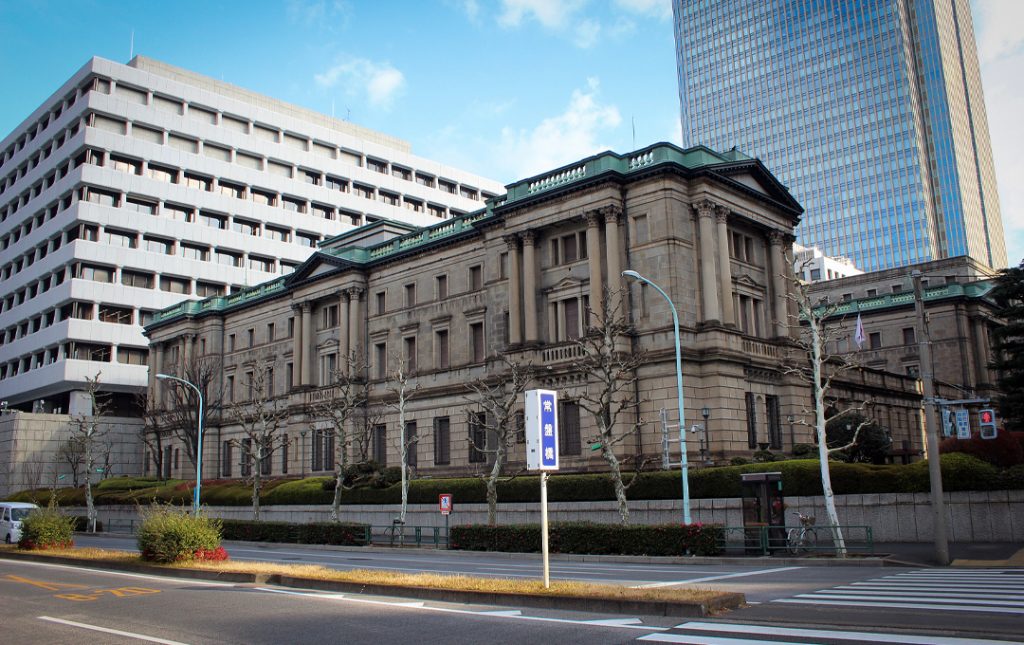The Bank of Japan (BOJ) announced an unexpected interest rate increase and a detailed bond tapering plan on Wednesday, signaling growing confidence in the recovery of the domestic economy and a response to the sharply weaker yen.
Key Policy Changes:
- Interest Rate Hike: In a two-day policy meeting, the BOJ decided to guide the uncollateralized overnight call rate to 0.25%, up from the previous range of 0% to 0.1%. This marks the second rate hike of the year, following a similar move in March when the BOJ ended its negative interest rate policy and other supportive measures like equity purchases and yield curve controls.
- Bond Tapering Plan: The BOJ also unveiled its plan to taper purchases of Japanese government bonds (JGBs). The central bank will reduce its monthly purchases to 3 trillion yen by the first quarter of 2026, down from the current 6 trillion yen. The tapering will be gradual, with purchase amounts reduced by about 400 billion yen each quarter to ensure a smooth transition.
Economic Context:
The BOJ’s actions reflect its assessment that Japan’s economic activity and prices are generally in line with its outlook. However, the rate hike was not widely anticipated by the market, with only 26% of investors expecting a rate rise, according to a recent survey. Most market participants had anticipated a rate increase in September or October.
The BOJ’s decision is partly seen as an effort to support Japan’s currency, which has been under significant pressure. The yen has recently approached 162 per U.S. dollar, a 37-year low, due to a large interest rate differential with the U.S. Federal Reserve, which has aggressively raised rates in recent years.
Tapering Details:
As of March, the BOJ held 576 trillion yen worth of JGBs, accounting for 53% of Japan’s total outstanding government debt. Despite the tapering plan, the BOJ is expected to remain the largest holder of JGBs for the foreseeable future. The tapering announcement aligns with previous signals from the BOJ, indicating that the reduction in bond purchases will be predictable and gradual.
Economic Outlook:
In its latest economic outlook report, the BOJ projected consumer inflation to be 2.1% for fiscal 2025 and 1.9% for fiscal 2026, suggesting that inflation is on track to meet the central bank’s 2% target on a sustained basis. The BOJ also signaled that further rate hikes could be forthcoming if the economic outlook aligns with its expectations.
The BOJ’s approach contrasts with the rapid tightening by the U.S. Federal Reserve, which has raised rates significantly to combat inflation. This has led to capital outflows from Japan and contributed to the yen’s weakness.
Currency Market Implications:
The yen’s decline has sparked interventions by Japan’s currency authorities, with recent market actions suggesting that the BOJ’s rate hike may also be aimed at supporting the yen. The Ministry of Finance is expected to release a report on yen interventions, which will provide further insight into Japan’s market strategies.
Economic Challenges:
Despite the BOJ’s optimistic outlook, Japan’s economy faces challenges, particularly in private consumption. Personal spending has slowed for four consecutive quarters as wage growth has been outpaced by inflation. However, economists expect real wages to turn positive by August, supported by a record pay increase agreed upon earlier this year.
As the BOJ navigates these economic challenges, its policy decisions will continue to be closely watched by investors and market participants, with significant implications for the yen and global financial markets.




